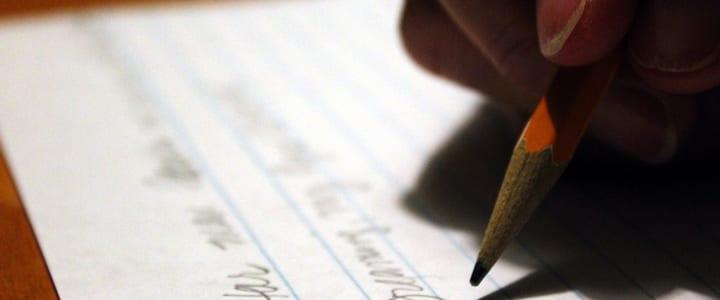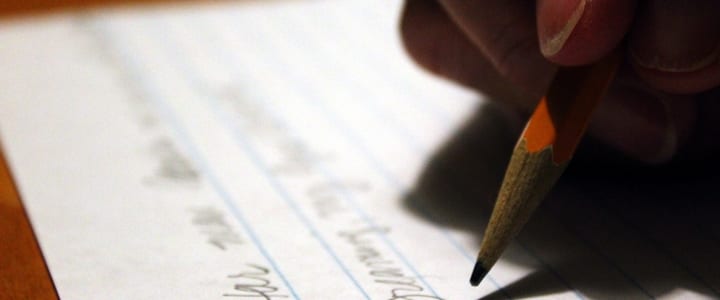With so many resources available today, the temptation to plagiarize can be strong for students. So how can you check your work to make sure you’re not walking the line? Here are some tips from Fallbrook, CA tutor Sarah B.:
Copying and using the writing of others as one’s own – called plagiarism – used to be difficult, before modern computers. Today, digital text makes it easy. Copy and paste. Bingo. Perfect writing.
Why not plagiarize instead of crafting original prose? Because it is stealing. Theft of another author’s carefully-worded sentences is the same as pinching dollars from his wallet. Today, plagiarizing is rife in schools, even in the most prestigious universities. But professors are on the lookout for paragraphs of beautiful prose mixed in with amateurish writing. In fact, many schools use computer applications to check for plagiarism. So what’s a student to do when the allure of plagiarizing may reduce the stress of a time crunch? Or, when the research chosen to use is so perfectly written no other words will suffice? Try these two techniques:
- Avoid plagiarizing by scheduling adequate time for writing drafts.
A well-written essay or report will take two to three weeks to complete, depending on the assignment. A student author may craft more than four drafts before the writing is polished. With sufficient time for the drafts, you’ll also have time to re-write the research into your own words. To do this, read the research aloud and think about its content. Then re-state it using word choices from your own vocabulary.
Depending on the type of research required for the essay or report, sometimes the text of the research itself is so technical or specifically stated it is impossible to re-write. In those cases instead of plagiarizing – lifting the research text and passing it off as original writing – use quote marks to set it off and then cite it. That way, when your instructors or mentors check for plagiarism, they’ll see the citation.
Remember: plagiarizing is wrong. Don’t steal from fellow authors.
 Sarah B. offers English tutoring in Fallbrook, CA, as well as online lessons. Her specialties include academic writing and creative writing. She joined the TakeLessons team in October 2013. Learn more about Sarah, or search for a tutor near you.
Sarah B. offers English tutoring in Fallbrook, CA, as well as online lessons. Her specialties include academic writing and creative writing. She joined the TakeLessons team in October 2013. Learn more about Sarah, or search for a tutor near you.
Suzy S.


